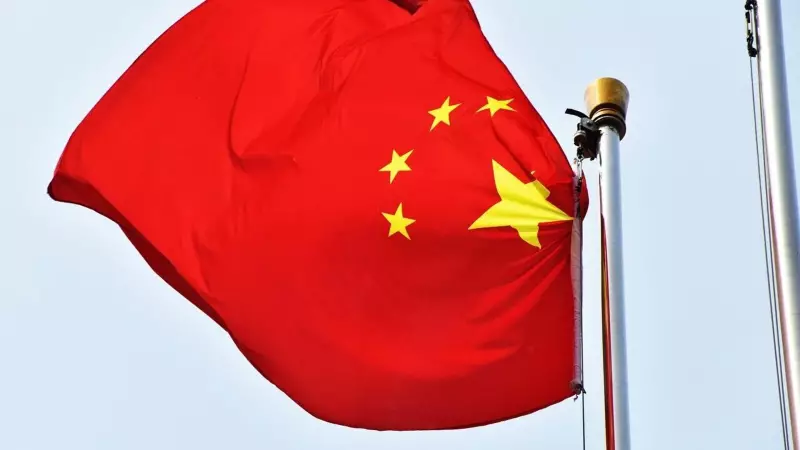
The Chinese economy is showing clear signs of strain as recent data reveals growth has decelerated to its slowest pace in a year. With the property sector facing unprecedented challenges and ongoing trade tensions with the United States continuing to create uncertainty, the world's second-largest economy finds itself navigating increasingly turbulent waters.
Q3 Growth Figures Paint Concerning Picture
Official statistics indicate that China's economic expansion slowed to 4.8% in the third quarter, marking the weakest performance since the same period last year. This slowdown comes despite government efforts to stimulate growth and maintain stability in key sectors of the economy.
The cooling growth trajectory suggests that China's remarkable economic recovery following the pandemic may be losing momentum, raising concerns among global investors and trading partners about the broader implications for worldwide economic stability.
Property Market Crisis Deepens Economic Woes
One of the most significant factors contributing to the economic slowdown is the ongoing crisis in China's property sector. The real estate market, which has long been a crucial driver of economic growth, is experiencing:
- Falling property prices across multiple regions
- Reduced construction activity and investment
- Financial strain on major property developers
- Decreased consumer confidence in real estate investments
This property slump has created ripple effects throughout the broader economy, affecting everything from construction employment to demand for raw materials and household spending patterns.
US Trade Tensions Continue to Bite
Beyond domestic challenges, China continues to grapple with persistent trade tensions with the United States. The ongoing disputes have resulted in:
- Reduced export volumes to key markets
- Supply chain disruptions affecting manufacturing
- Uncertainty for businesses planning long-term investments
- Increased costs for import-dependent industries
These external pressures have compounded domestic challenges, creating a perfect storm of economic headwinds that Chinese policymakers must now address.
Government Response and Future Outlook
Chinese authorities have indicated they are monitoring the situation closely and considering additional stimulus measures if necessary. However, the government faces a delicate balancing act between supporting growth and managing the country's substantial debt levels.
Economic analysts are watching several key indicators to gauge the direction of China's economy in the coming months, including consumer spending patterns, manufacturing output, and foreign investment flows. The performance of these sectors will be crucial in determining whether China can regain its economic momentum or if the slowdown represents a more fundamental shift in the country's growth trajectory.
As China navigates these complex challenges, the rest of the world watches with keen interest, aware that the health of the Chinese economy has significant implications for global trade, commodity prices, and overall economic stability.





